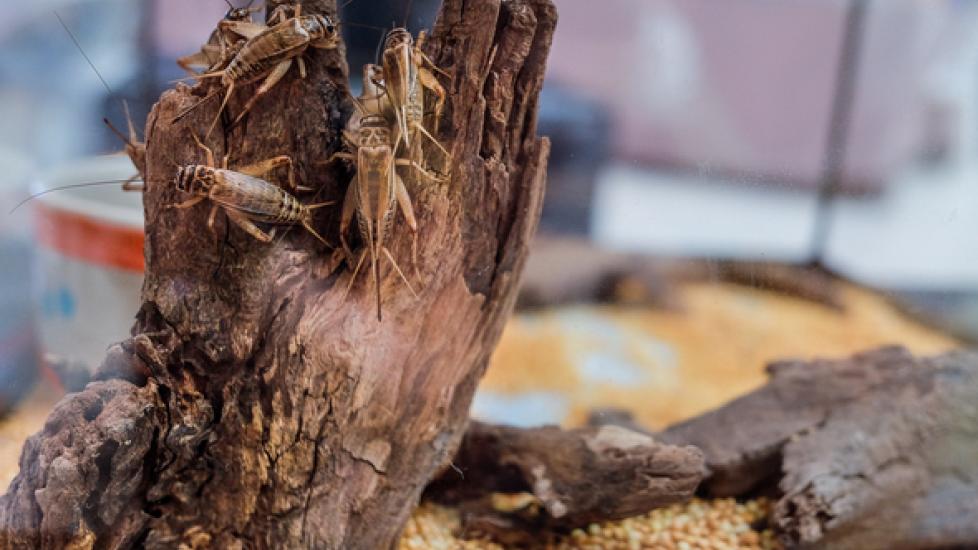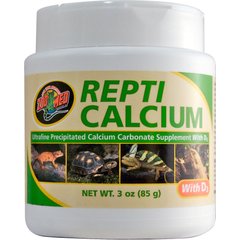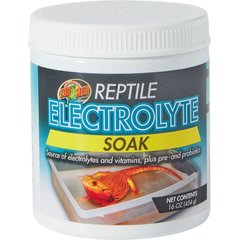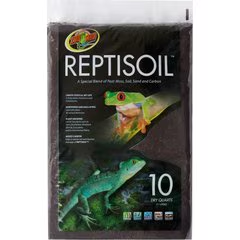How to Breed & Raise Crickets
Crickets are a common source of food for lizards and other reptiles. However, constant trips to your local cricket supplier can become costly. For this reason, many reptile owners choose to order crickets in bulk to keep for feeding, and may even opt to breed and raise their own cricket colonies for convenience.
Beyond convenience, this option can be favorable in that it gives owners the option of "gut loading" their crickets (that is, feeding nutritious foods to the crickets so that they may pass those nutrients on to your reptile when they feed). Crickets can also be dusted with a multi-vitamin supplement before being fed to your pet so that it may receive optimal nutrition.
To maintain and eventually breed crickets, you should start with a batch of about thirty. Keep them in a container that is ventilated but escape-proof. A plastic or glass container with a screen over the top is fine. Bear in mind, however, that crickets may eat through nylon screens, so choose the screen material wisely. Be sure to give the crickets things to climb on and places to hide.

Visit the petMD Reptile Center
It's very important to keep their living space warm. This can be done with a lamp or heater. Ideally, the habitat should be kept at a temperature of 85 degrees Fahrenheit, never under 70 or over 95 degrees. You should also provide your crickets with food and water. But be careful, crickets drown easily, so use a very shallow dish with an object to be used as an "island" in the middle. Then, use another shallow dish exclusively for food -- store bought cricket food and/or veggies can be fed from the dish.
Once your habitat is ready, go ahead and set up a breeding dish. You will need a separate container -- a two-inch deep plastic storage container or something similar will do. Fill it up with turf substrate bought from your local pet store or plain dirt from your backyard. Just be sure that whatever dirt you use does not have some sort of pesticide, or other insects, in it. Next, fill up the container with about half-an-inch of water and place it in your crickets' habitat.
In a few weeks, your crickets should have laid eggs. Sift through the dirt in the breeding dish with your finger to find eggs. They are usually laid about half an inch deep into the dirt. When you are certain the crickets have laid their eggs, remove the breeding dish and place it in a separate container from the adult crickets. It is important to keep the adult crickets separate from the baby crickets, as adult crickets tend to eat the younger insects.
After the eggs have hatched, the baby crickets will be about the same size as the eggs. To become fully grown, you will eventually need to place them back into your main cricket habitat.
A few more things to keep in mind about keeping and breeding crickets:
- Crickets chirp. They can be noisy. Though their song is pleasant for some, make sure this will not be an annoyance to you or whoever else you live with.
- It is likely your crickets will escape. But fear not, a good way to round them back up is by luring them into a container with heat and food.
We hope you enjoy raising and breeding your own crickets. Your reptile (and wallet) will thank you for it!




